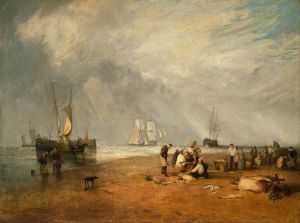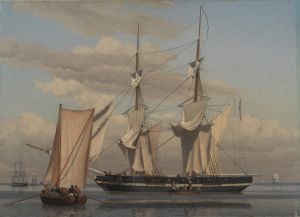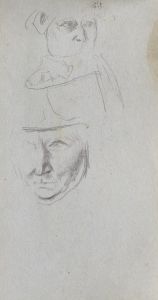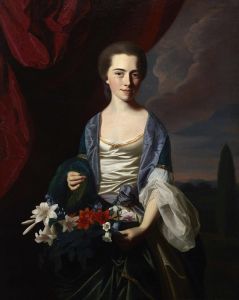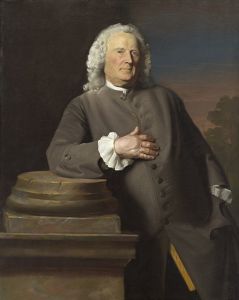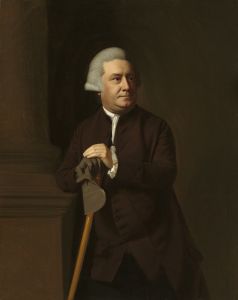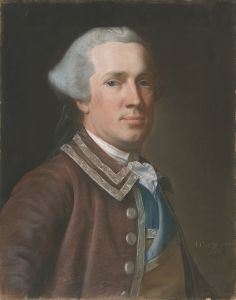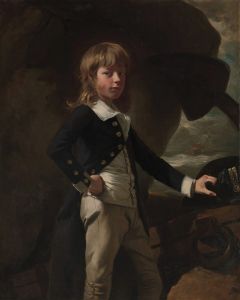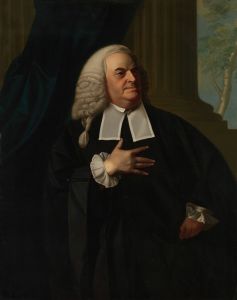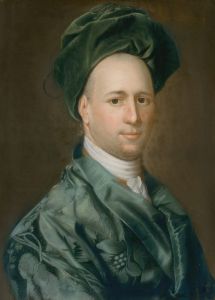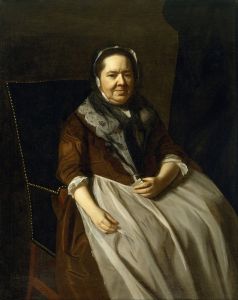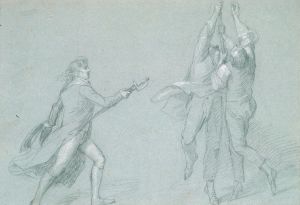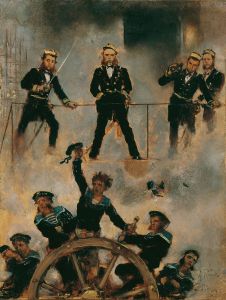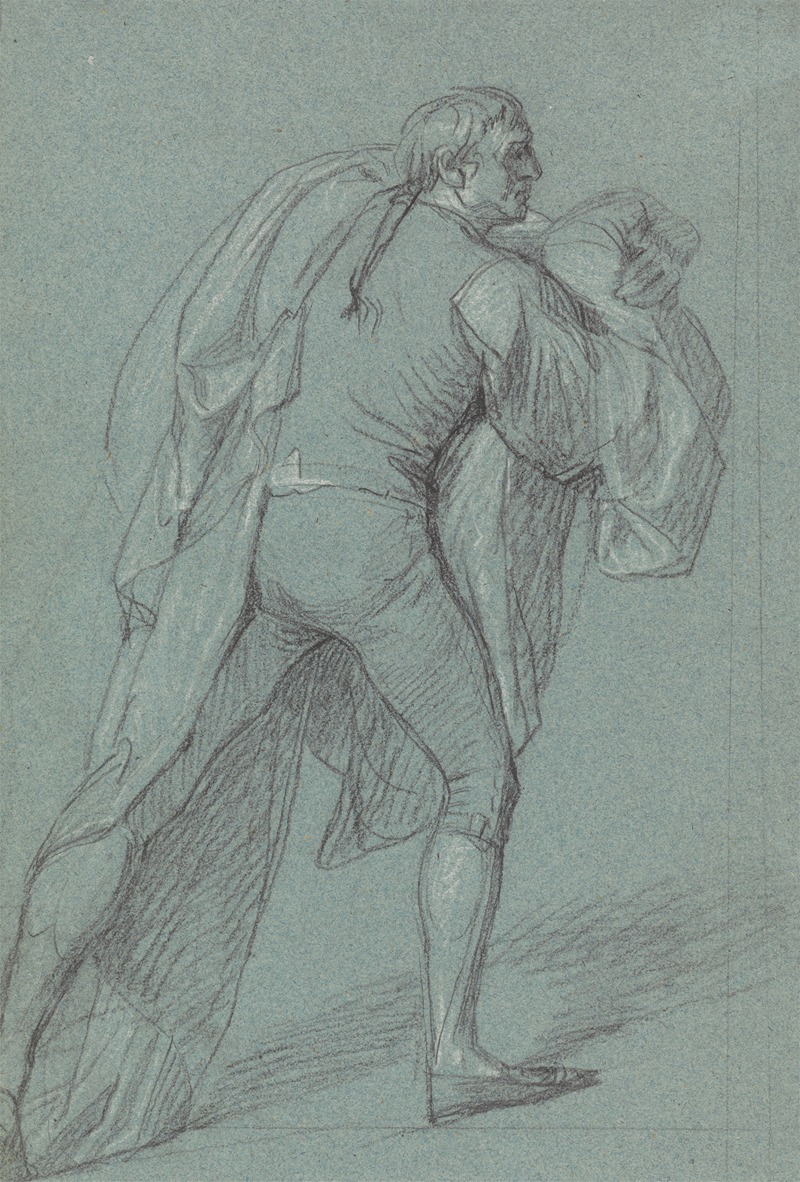
Figure Study for the Painting of the Victory of Lord Duncan: Study for Sailor Bearing the Dutch Flag
A hand-painted replica of John Singleton Copley’s masterpiece Figure Study for the Painting of the Victory of Lord Duncan: Study for Sailor Bearing the Dutch Flag, meticulously crafted by professional artists to capture the true essence of the original. Each piece is created with museum-quality canvas and rare mineral pigments, carefully painted by experienced artists with delicate brushstrokes and rich, layered colors to perfectly recreate the texture of the original artwork. Unlike machine-printed reproductions, this hand-painted version brings the painting to life, infused with the artist’s emotions and skill in every stroke. Whether for personal collection or home decoration, it instantly elevates the artistic atmosphere of any space.
John Singleton Copley, an American-born painter known for his portrait work and historical scenes, created a series of studies for his grand historical painting, "The Victory of Lord Duncan." Among these preparatory works is "Figure Study for the Painting of the Victory of Lord Duncan: Study for Sailor Bearing the Dutch Flag." This study is part of Copley's exploration of the themes and figures that would eventually populate his larger historical compositions.
Copley was born in Boston in 1738 and became one of the leading painters in colonial America. He was renowned for his ability to capture the likeness and character of his subjects, which earned him significant acclaim. In 1774, Copley moved to London, where he shifted his focus from portraiture to historical painting, a genre that was highly esteemed in Europe at the time.
"The Victory of Lord Duncan" commemorates the Battle of Camperdown, a significant naval engagement that took place on October 11, 1797, during the French Revolutionary Wars. The battle was fought between the British Royal Navy, commanded by Admiral Adam Duncan, and the Dutch fleet. The British victory was decisive and had a substantial impact on the naval power dynamics of the time.
Copley's study, "Study for Sailor Bearing the Dutch Flag," is a preparatory work that focuses on one of the figures intended for the final painting. This study likely served as a means for Copley to experiment with composition, posture, and the emotional expression of the sailor depicted. Such studies were common practice for artists of the period, allowing them to refine their ideas and techniques before committing to the final, large-scale work.
The study itself would have been executed with careful attention to detail, reflecting Copley's meticulous approach to capturing the human form and the drama of historical events. While the final painting, "The Victory of Lord Duncan," is known for its dynamic composition and vivid portrayal of the battle, studies like this one provide insight into Copley's creative process and his dedication to historical accuracy and artistic excellence.
Copley's work, including his historical paintings, was well-received in his time, and he became a member of the Royal Academy in London. His ability to blend realism with dramatic narrative made his historical scenes particularly compelling. Although not all of his preparatory studies have survived or been extensively documented, those that do offer valuable glimpses into the methods of one of the 18th century's most accomplished artists.
In summary, "Figure Study for the Painting of the Victory of Lord Duncan: Study for Sailor Bearing the Dutch Flag" exemplifies John Singleton Copley's commitment to historical painting and his skill in rendering the human figure. This study, like others he produced, was a crucial step in the development of his larger works, contributing to his legacy as a master of both portraiture and historical scenes.





